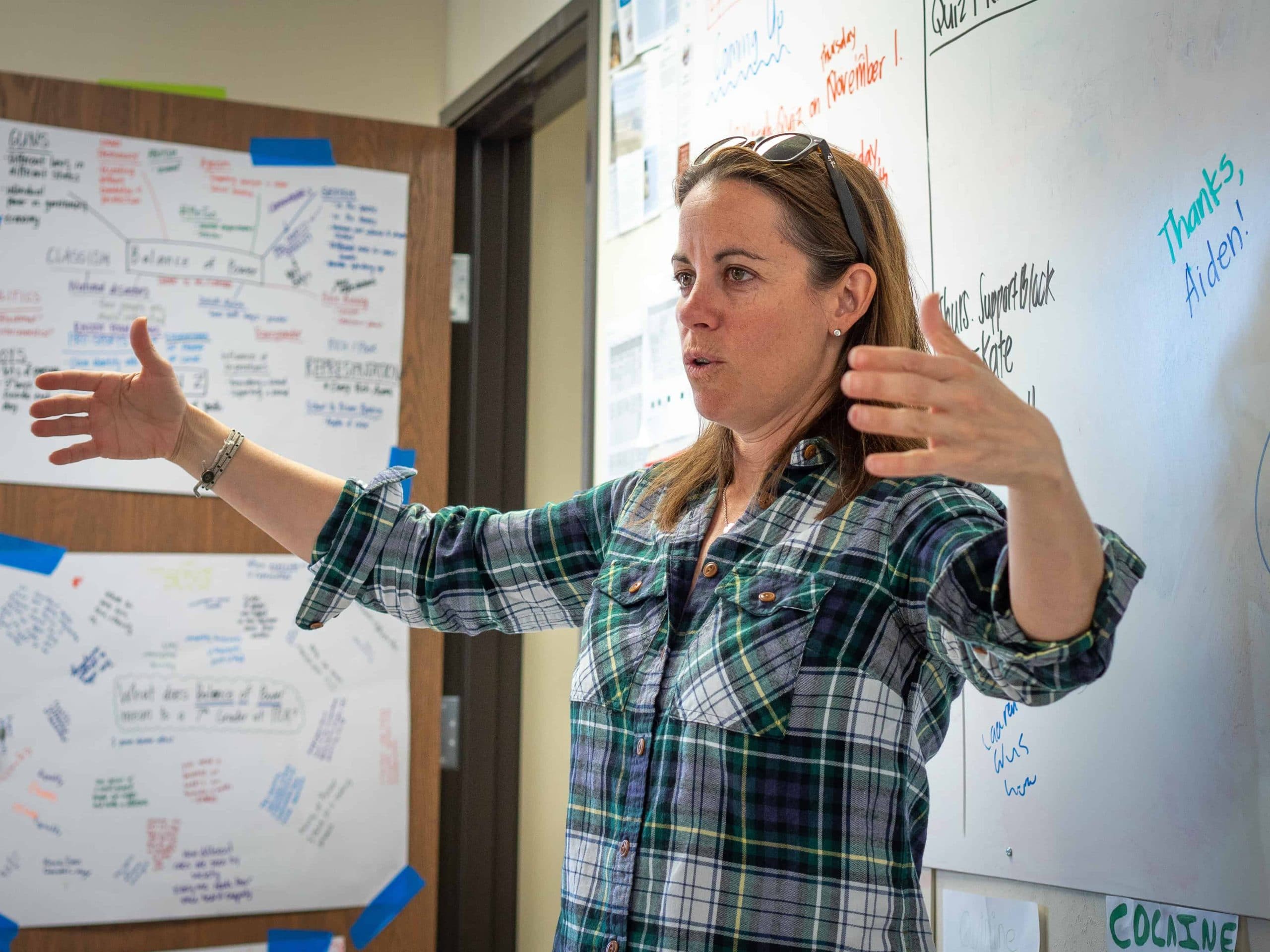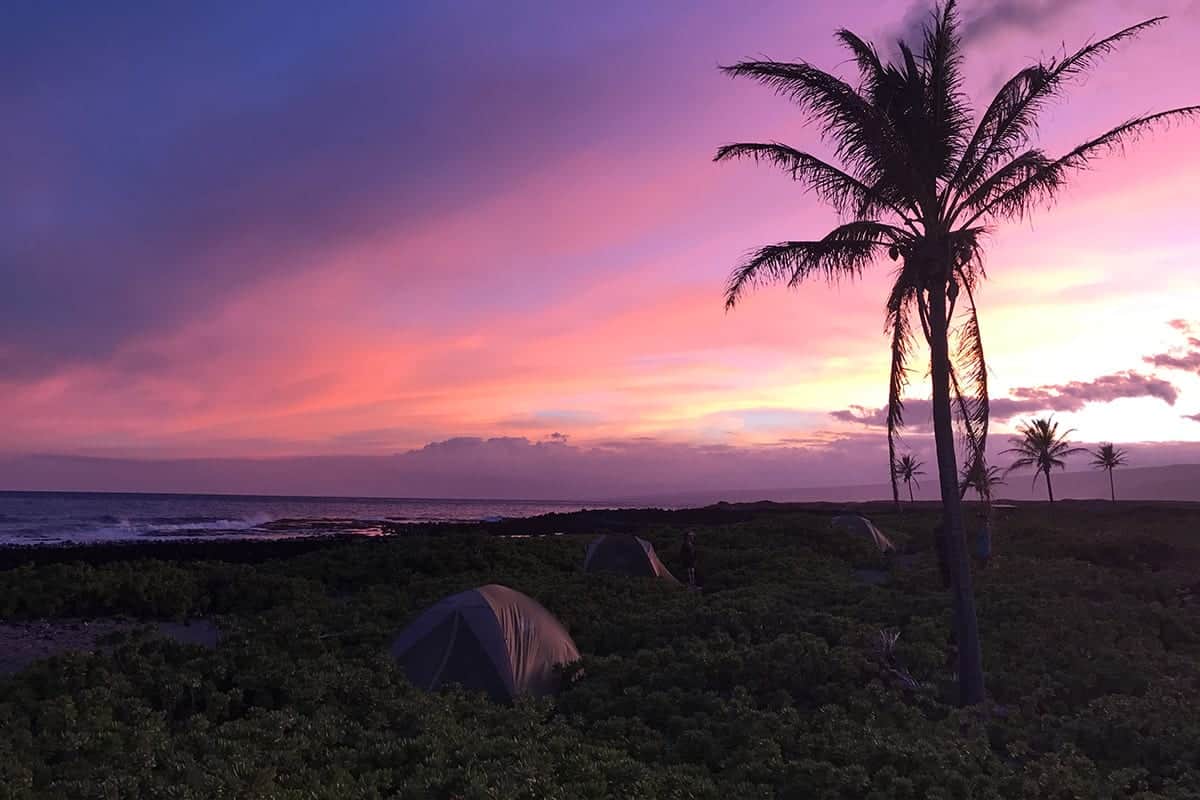Learning About Atmospheric, Soil and Climate Science in California’s Wilderness
Are you interested in the “why” of the highly varied ecosystems in California? If so, this is the kind of TEA learning experience that's just for you.
Learning Targets: I can conduct field science. I can explain how a rain shadow works and how the rain shadow across northern California functions.
Have you ever marveled at the vast beauty in nature? Ever wondered why California has such diverse biomes? Are you interested in the “why” of the highly varied ecosystems in California? If so, this is the kind of TEA learning experience that’s just for you.
This fall, a group of 10 TEA high school students and two TEA teachers ventured into the depths of California’s wilderness areas to learn more about atmospheric, soil and climate science. Led by TEA High School Crew Leader and Math/Science Teacher Nilo Bill (who is also a National Geographic Explorer) and TEA Middle School Crew Leader and Math/Science Teacher Natalie Bladis (who has also through-hiked the PCT), students engaged in an intense study of atmospheric science (weather and climate) and geologic history (uplift and erosion) of California’s diverse biomes and why they exist.
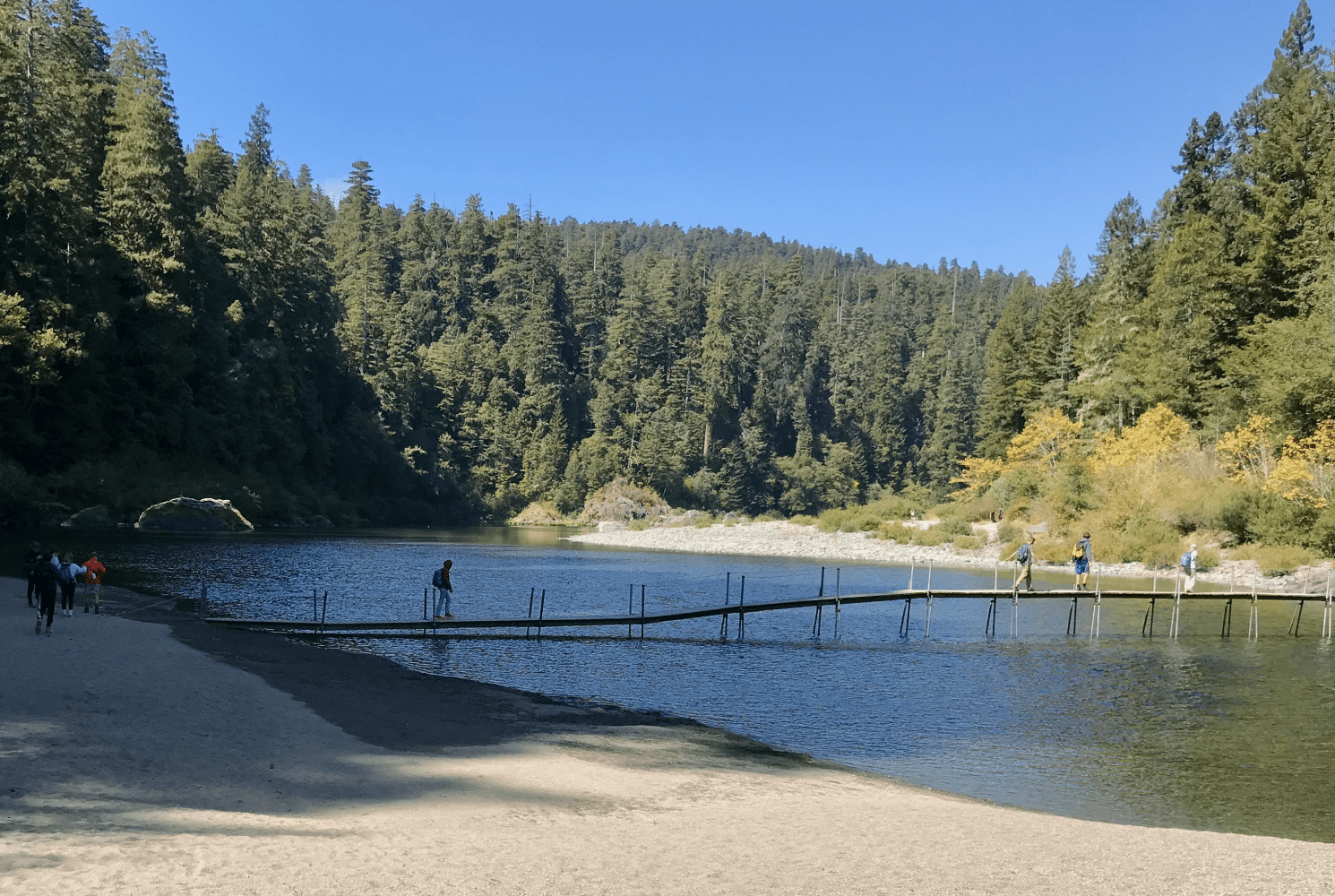
The Smith River
From the Pacific Ocean (Redwoods and Beaches) to the Trinity Alps (Canyon Creek Trail) and the Modoc National Forest, their intensive classroom was largely the great outdoors.
Before the trip began, students did in-class work to learn the initial vocabulary of the things they’d be exploring. Then the students began their fieldwork adventure at the coast and trekked east through the segmented biomes of California, including coastal, rainforest, mountains, and desert. From the Pacific Ocean (Redwoods and Beaches) to the Trinity Alps (Canyon Creek Trail) and the Modoc National Forest, their intensive classroom was largely the great outdoors.
While in the field, our students were challenged academically, physically, and emotionally. Academically, students grew in their knowledge of atmospheric science, soil science, oceanography and climate science and how the rain shadow really works. Their observation skills increased, especially scientific observation. Students said they will not look at soil the same again. And applying and experiencing this science in the field really solidified the lessons to concrete memories. Physically, students improved their fitness by hiking with those more experienced than themselves. Emotionally, students grew their ability to persevere through the toughest of moments while backpacking dozens of miles across varied terrain and elevations.
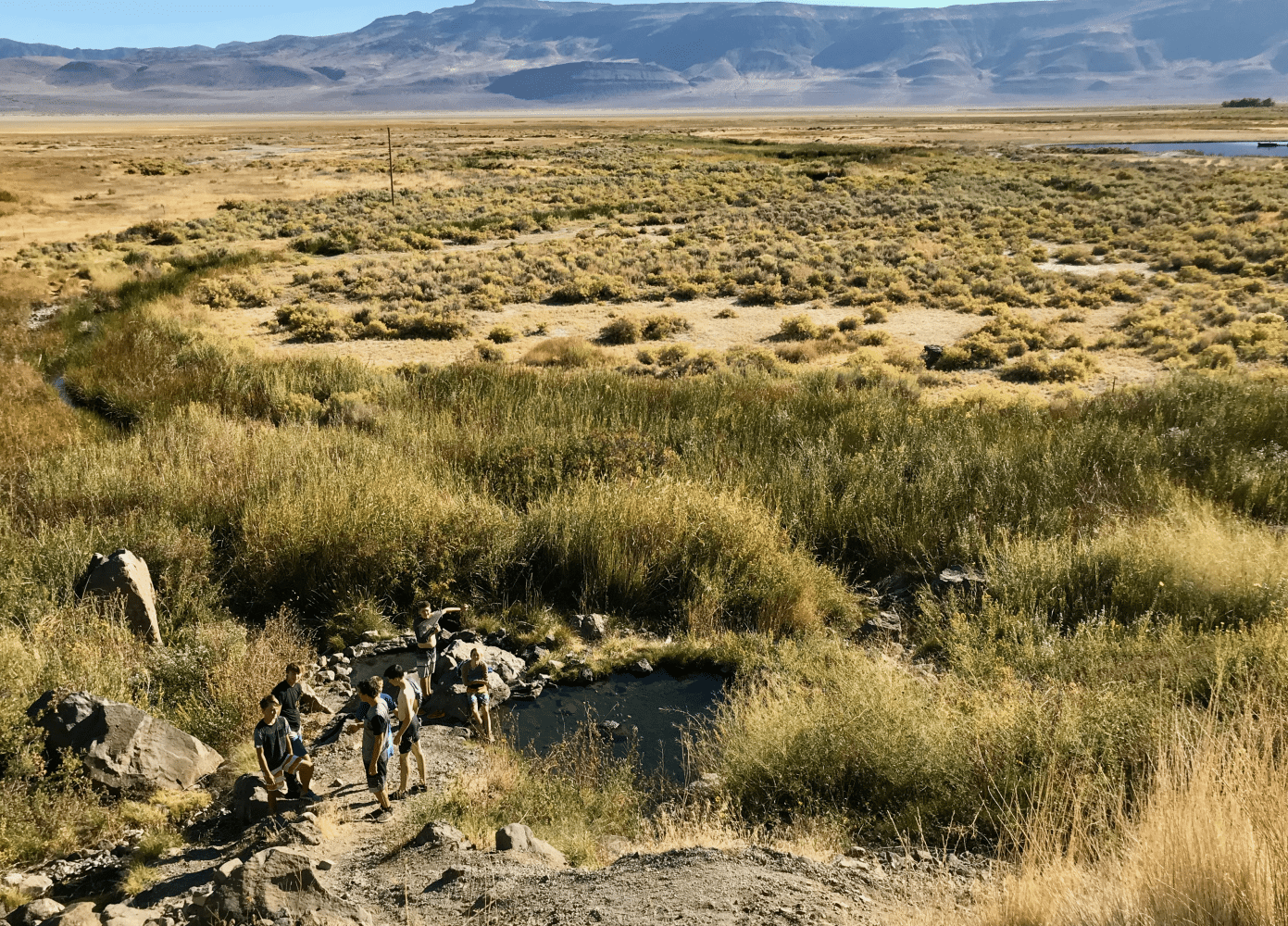
Eagleville Hot Spring
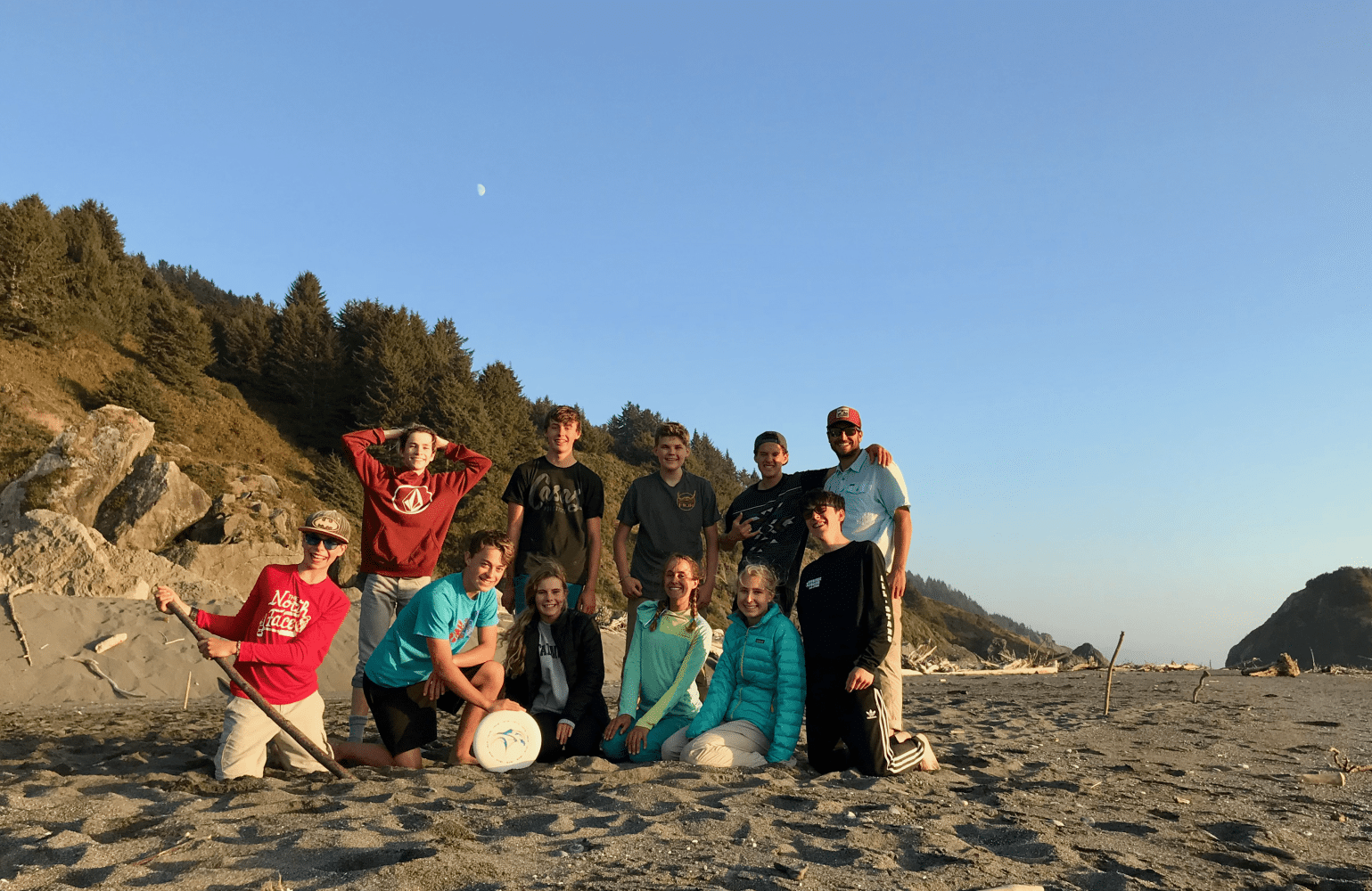
A little ultimate on a Pacific Ocean beach!
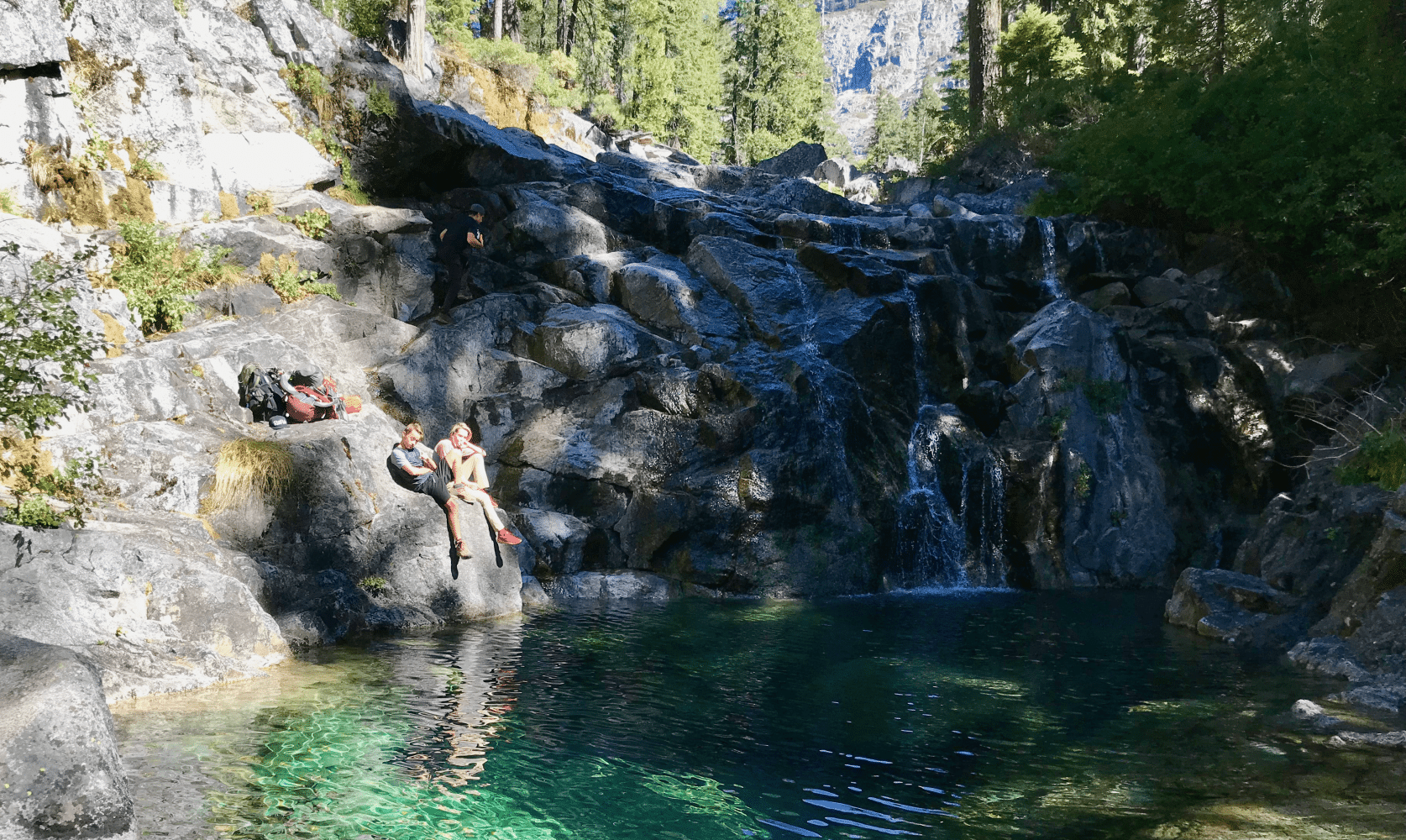
Now that's a swimming hole!
students were able to submit the various samples they collected throughout their experience to good use.
After gaining an appreciation for these diverse biomes through study, the students connected with 34 North, a global data solutions company based right here in Truckee.
34 North provides powerful data solutions for the environmental service industry. So our students were able to submit the various samples they collected throughout their experience to good use.
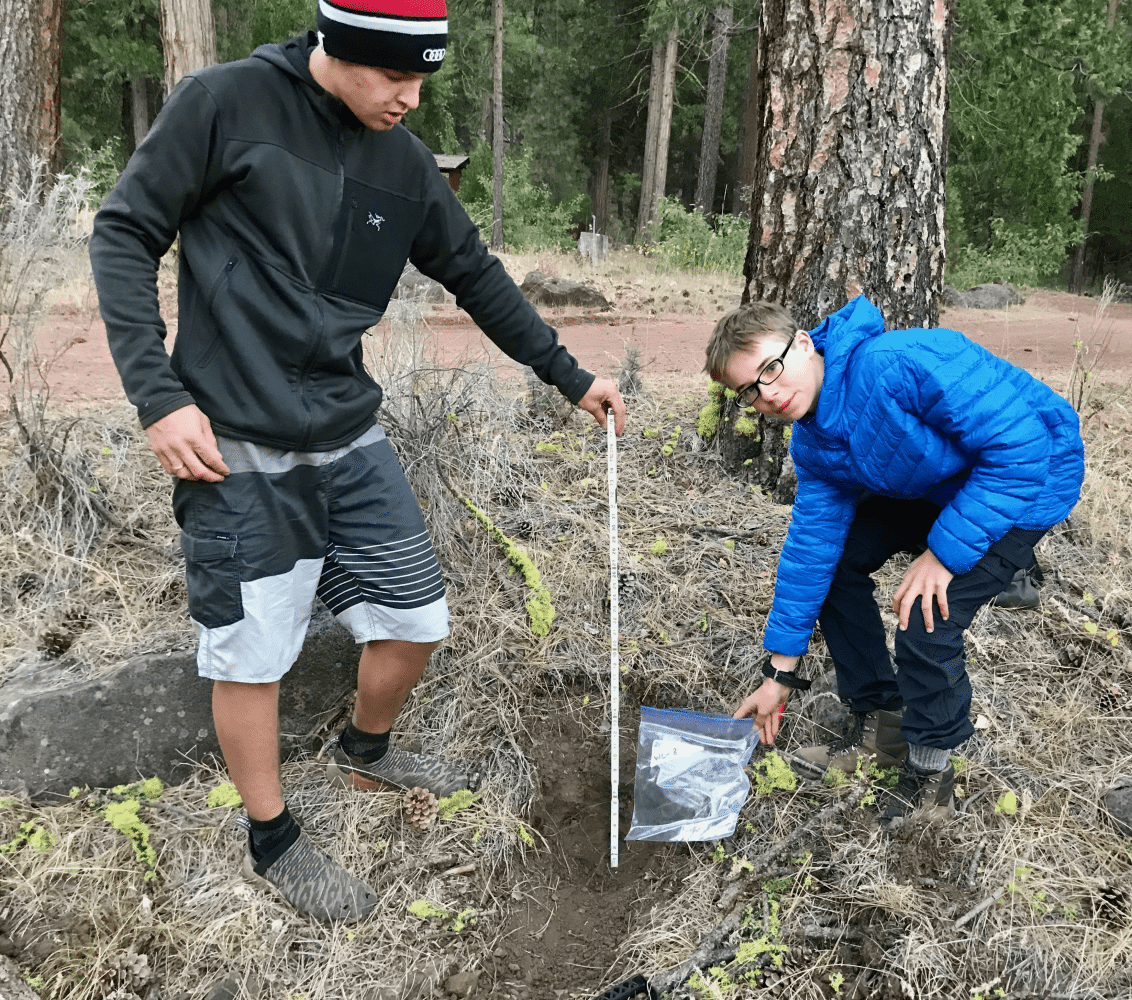
Soil Sampling
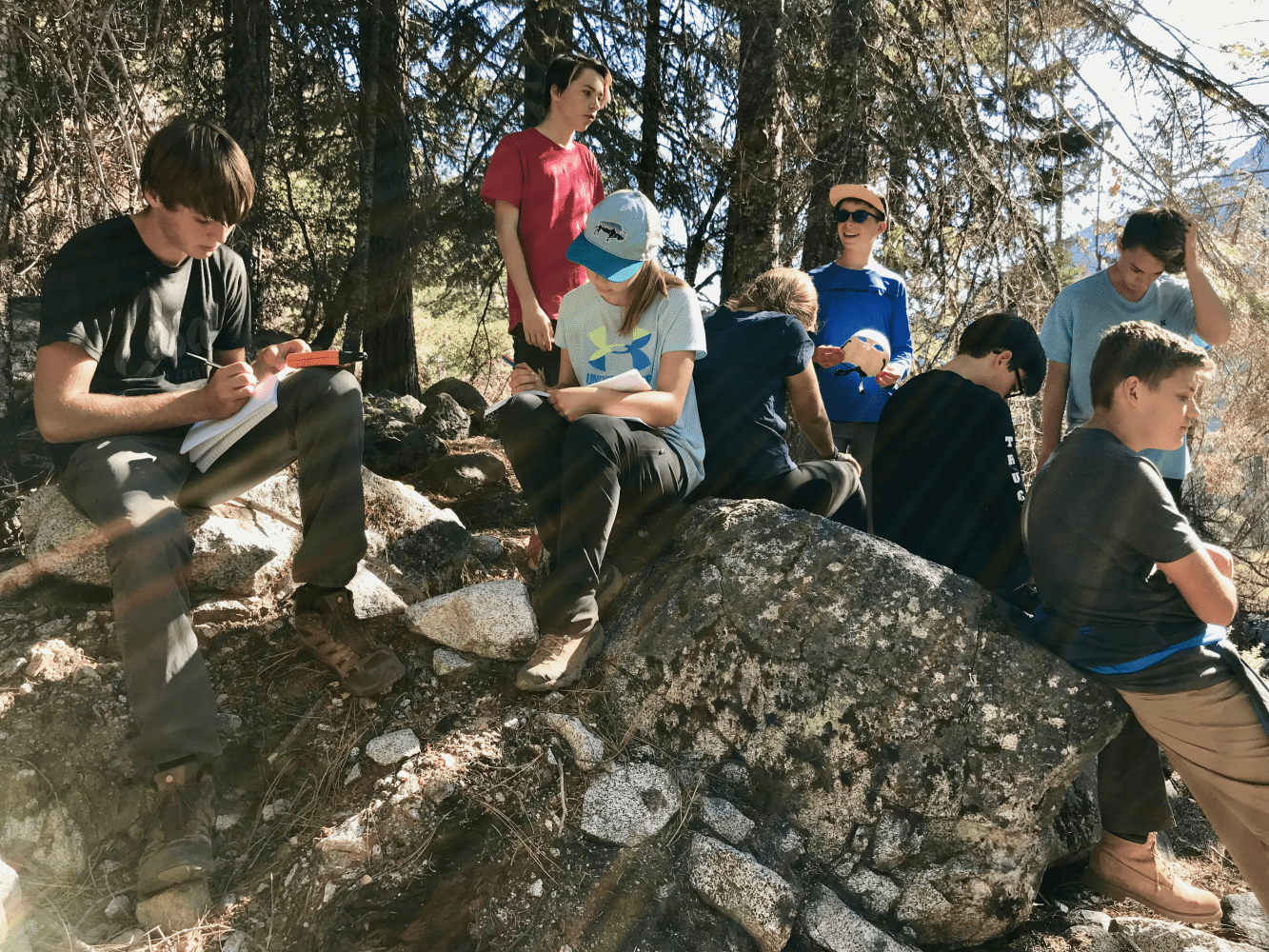
And more soil sampling...
What was the most valuable lesson they learned? No matter how hard something is, all you need to do is get through it.
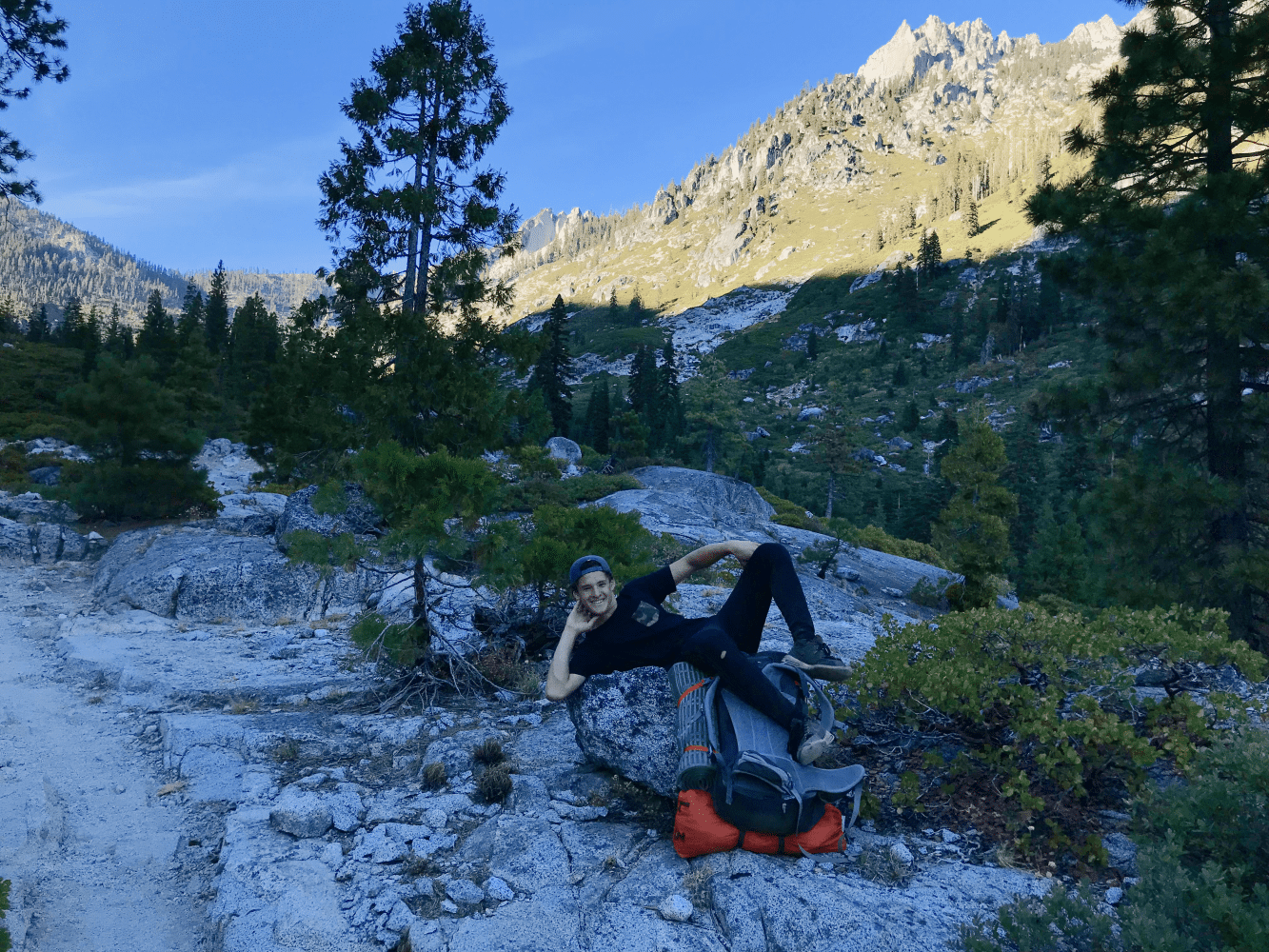
Backpacking? in the Trinity Alps.
